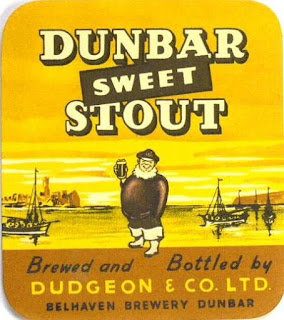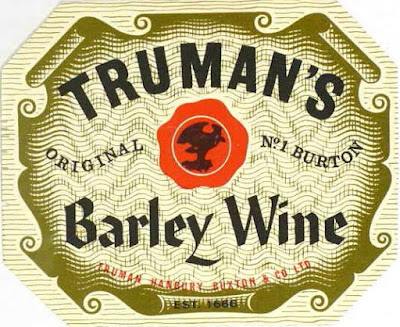I put it down to all those posts pushing discounts on my books.
I'll end the year with a WW II pub tale. And another colourful criminal:
"FOUND IN HOTEL CELLAR
Prison for a Thief with Bad Record
For stealing nine bottles of gin and four of whiskey, value £l7 10s. 3d., from the Railway Hotel, London Road, Twickenham. Henry George Dilloway (53), builder, of 12a, Hampton Road, Twickenham, was sent to prison for three months with hard labour, at Brentford, on Thursday.— He had pleaded not guilty.
Mrs. Kathleen Horton said that about 3.30 p.m. on December 18th she returned to the hotel and saw Dilloway, whom she knew as "Darkie,” in the cellar with two bottles of gin in his pockets. She informed her husband and saw a bag containing bottles of whiskey. Dilloway had no authority to be on the premises, the house being closed.
Reginald Walter Horton, the licensee, said he was in the saloon bar after returning to the hotel with his wife, when she said "Darkie is in the cellar.” Ask what he as doing. Dilloway replied that he had come to see Cyril, a man who resided at the house. Witness noticed that he had two bottles of gin in his coat pockets and he put down bag containing 11 other bottles of spirits. Witness said he went to mall up Mr. Cyril Wilson, and on his return «found that Dilloway had gone. Then he checked the stock, found 13 bottles of spirit short, and informed the police. Later he received phone call from Dilloway, but after the latter had used the words “Was this the thing,” the lines became crossed and he heard no more of the conversation.
Det. Sergt. Elliott said that 8.30 p.m. on December 18th he saw Dilloway in the Nelson public house, Stanley Road, Teddington. and told him he was going to arrest him for stealing gin and whiskey from the Railway Hotel. He replied "There’s nothing stolen.” When he was charged at Twickenham Police Station he said. You have charged me with stealing.”
Dilloway, on oath, said he went to the house to ask Mr. Wilson if he could borrow a barrow. He had no intention of stealing, and stole nothing. No one saw him with the bag although he admitted it was there.The Chairman: Then how do you get over the fact of the two bottles in your pockets? Dilloway replied that, he did not have them. He admitted that he placed the other bottles in the bag.
The Chairman; Obviously with the intention of taking them.— Dilloway; Yes, but I thought better of it.—Asked by Sergt. Elliott how he got into the house, Dilloway said he went through the back gate and found the door open.
Det. Sergt. Elliott said that at Richmond in 1930, Dilloway was sent to prison for two months for deserting his family; in 1930 at the Central Criminal Court, he was sentenced to nine months for bigamy: in 1934, he was fined £5 and sent to prison for two months for the unlawful possession of two bottles of whiskey, and in the same year was fined for aiding and abetting the sale of intoxicating liquor without a licence.
The Chairman said that the Bench had not the slightest doubt that he went to the house with the intention to steal the spirits."
Middlesex Chronicle - Saturday 30 December 1944, page 2.
An interestingly varied set of offences there. It does seem a bit counterproductive sending some one to prison for deserting their family.






















